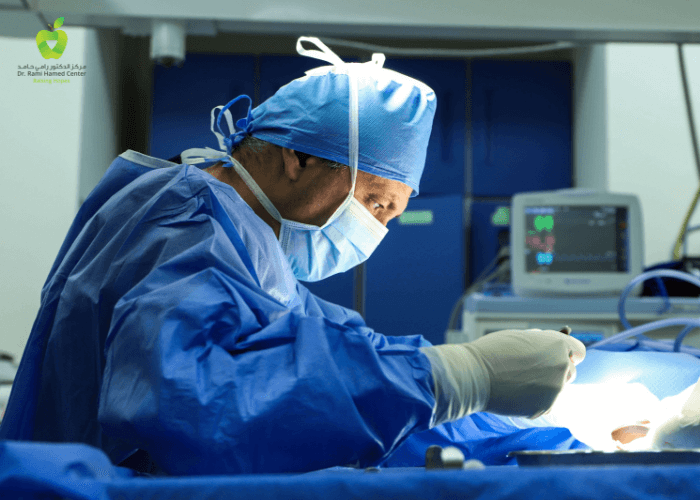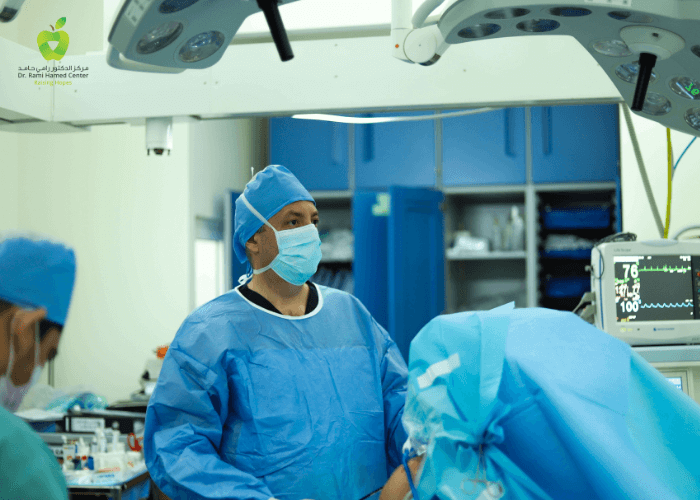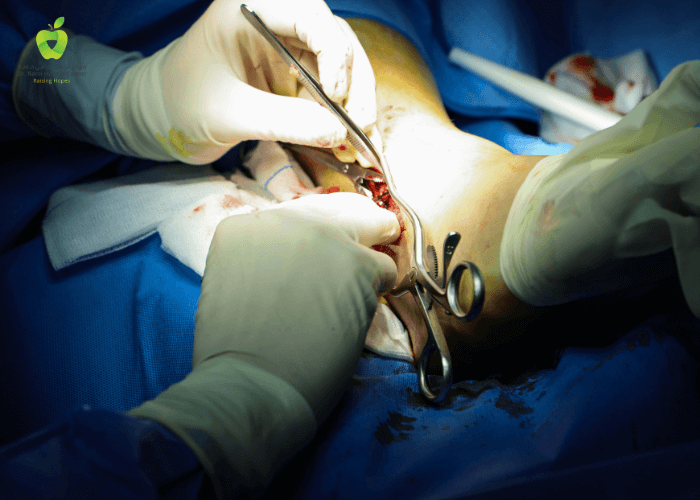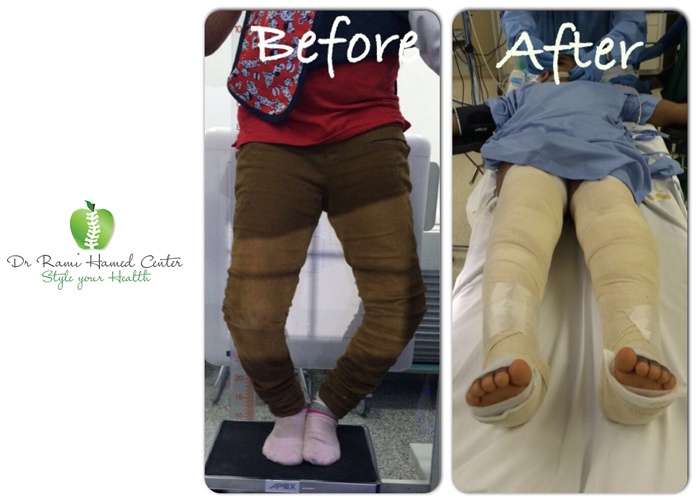Ankle Osteochondritis Dissecans (OCD) Treatment at Foot and Ankle Clinic DRHC Dubai
Understanding Osteochondritis Dissecans (OCD)
Osteochondritis Dissecans (OCD) is a joint condition where a segment of bone and its attached cartilage become detached from the end of a bone due to a lack of blood flow. This can lead to pain, swelling, and limited joint movement. When OCD affects the foot and ankle, it can significantly impact mobility and quality of life.
Symptoms of OCD in the Foot and Ankle
- Pain: Persistent or intermittent pain, especially during physical activities.
- Swelling: Noticeable swelling around the affected joint.
- Stiffness: Reduced range of motion and joint stiffness.
- Locking or Catching: Sensation of the joint locking or catching during movement.
- Weakness: Decreased strength in the affected area, leading to instability.
Causes of OCD
OCD is believed to result from a combination of factors, including:
- Repetitive Trauma: Repeated stress or minor injuries to the joint.
- Genetic Predisposition: Family history of similar joint conditions.
- Growth Abnormalities: Issues during the bone development phase.
- Vascular Issues: Insufficient blood supply to the bone.
Diagnosis at DRHC Dubai
At DRHC Dubai, our orthopedic specialists conduct a thorough evaluation to diagnose OCD, which may include:
- Physical Examination: Assessing the affected joint for pain, swelling, and range of motion.
- Imaging Tests: X-rays, MRI, or CT scans to visualize the bone and cartilage and determine the extent of the condition.
Treatment Options
Our treatment plans are tailored to each patient's needs, focusing on relieving symptoms and restoring joint function. Treatment options include:
- Conservative Treatments:
- Rest and Activity Modification: Limiting activities that exacerbate symptoms.
- Immobilization: Using braces or casts to immobilize the joint and allow healing.
- Physical Therapy: Exercises to improve strength, flexibility, and range of motion.
- Medications: NSAIDs to reduce pain and inflammation.
- Advanced Treatments:
- Microfracture Surgery: Creating small fractures in the bone to stimulate the growth of new cartilage.
- Autologous Chondrocyte Implantation (ACI): Harvesting and implanting the patient’s own cartilage cells to repair the damaged area.
- Osteochondral Autograft or Allograft Transplantation: Transplanting healthy cartilage and bone from another part of the patient’s body (autograft) or from a donor (allograft).
- Surgical Intervention:
- Arthroscopic Surgery: Minimally invasive surgery to remove loose fragments, clean the joint, and repair damaged tissue.
- Open Surgery: In severe cases, open surgery may be necessary to fixate or replace the detached bone and cartilage.
Why Choose DRHC Dubai?
At DRHC Dubai, we are dedicated to providing exceptional care for OCD of the foot and ankle. Our state-of-the-art facilities and experienced orthopedic team ensure you receive the highest quality treatment tailored to your unique condition. We prioritize patient education and preventive measures to help you maintain long-term joint health.
.png?width=281&height=59&name=bookanappointment%20(1).png)
By offering a comprehensive range of treatment options, we ensure personalized care for each patient, addressing their unique needs and preferences. Experience compassionate and expert care for Ankle Osteochondritis Dissecans (OCD) at DRHC Dubai, where your foot health is our priority. Call +97142798200 to book your appointment now.



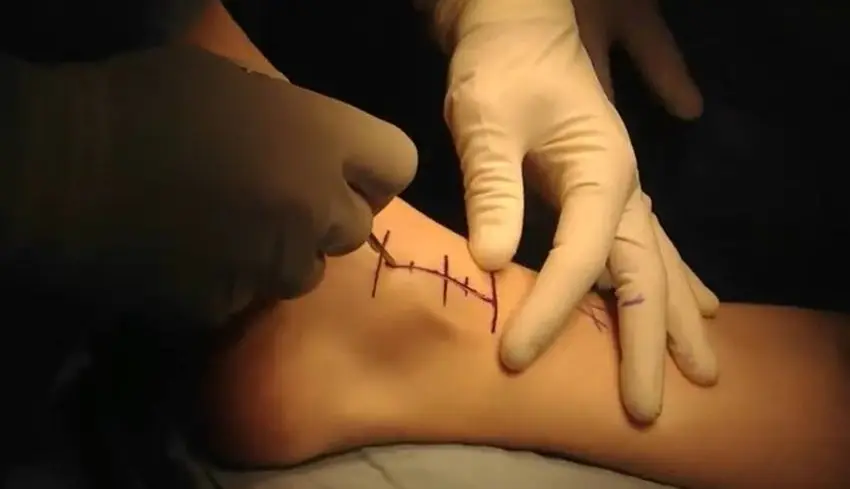
.png?width=281&height=59&name=bookanappointment%20(1).png)


